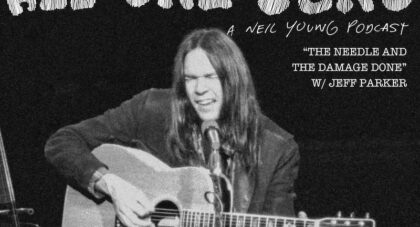It was a tough sell to get greenlit. Following a slew of canceled meetings, Harry Nilsson managed to secure an airplane seat next to an ABC executive to finally pitch his idea for an all-ages animated film. Like a true passion project, Nilsson feverishly sold his concept of an unconventional children's fable based around fictitious characters with pointed heads (and an archetypal “outsider” protagonist). Fifty years on, it's hard to imagine the musician's legacy without it . . .
Only the good shit. Aquarium Drunkard is powered by its patrons. Keep the servers humming and help us continue doing it by pledging your support.
To continue reading, become a member or log in.


